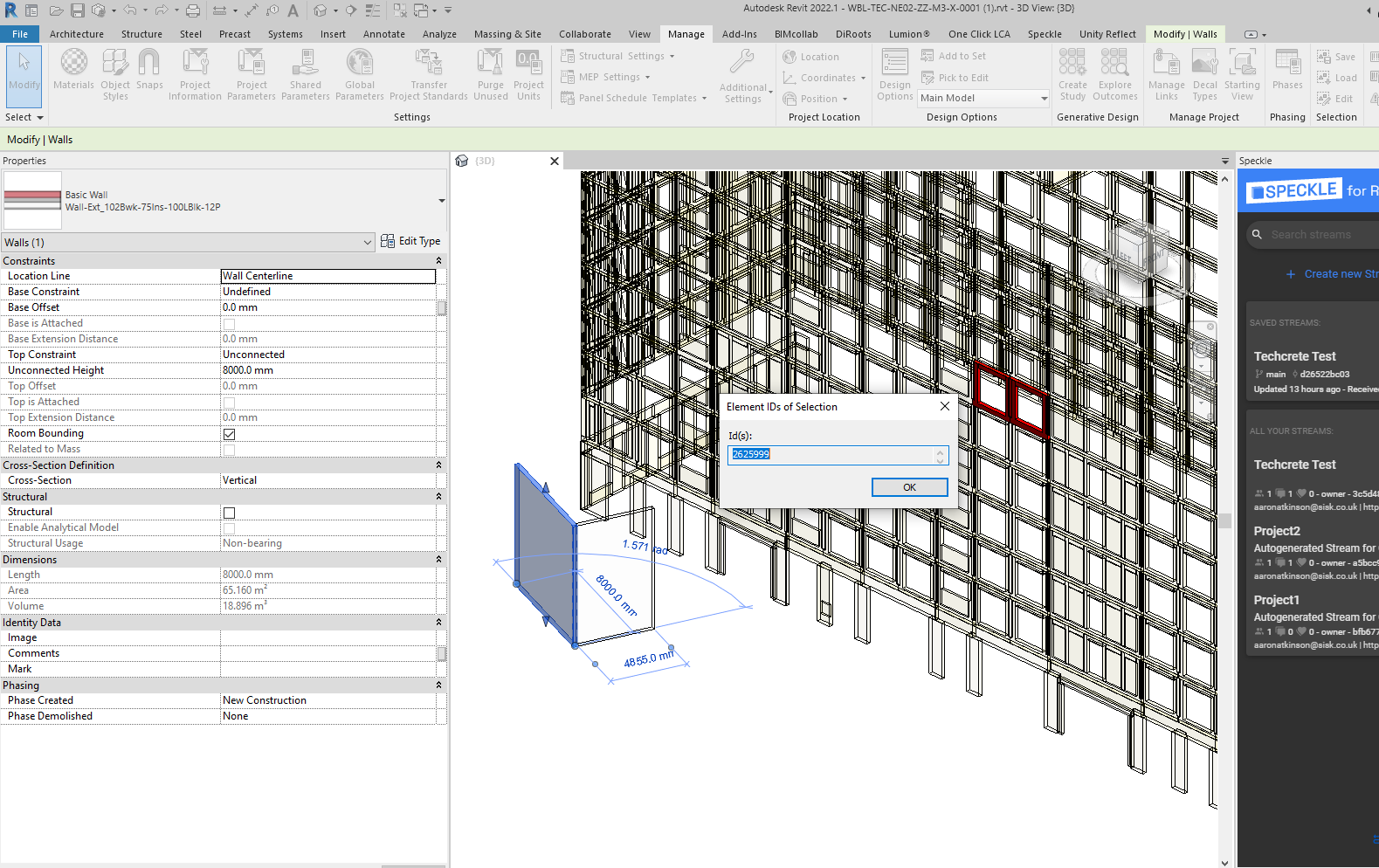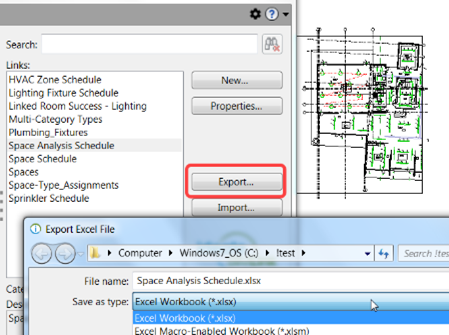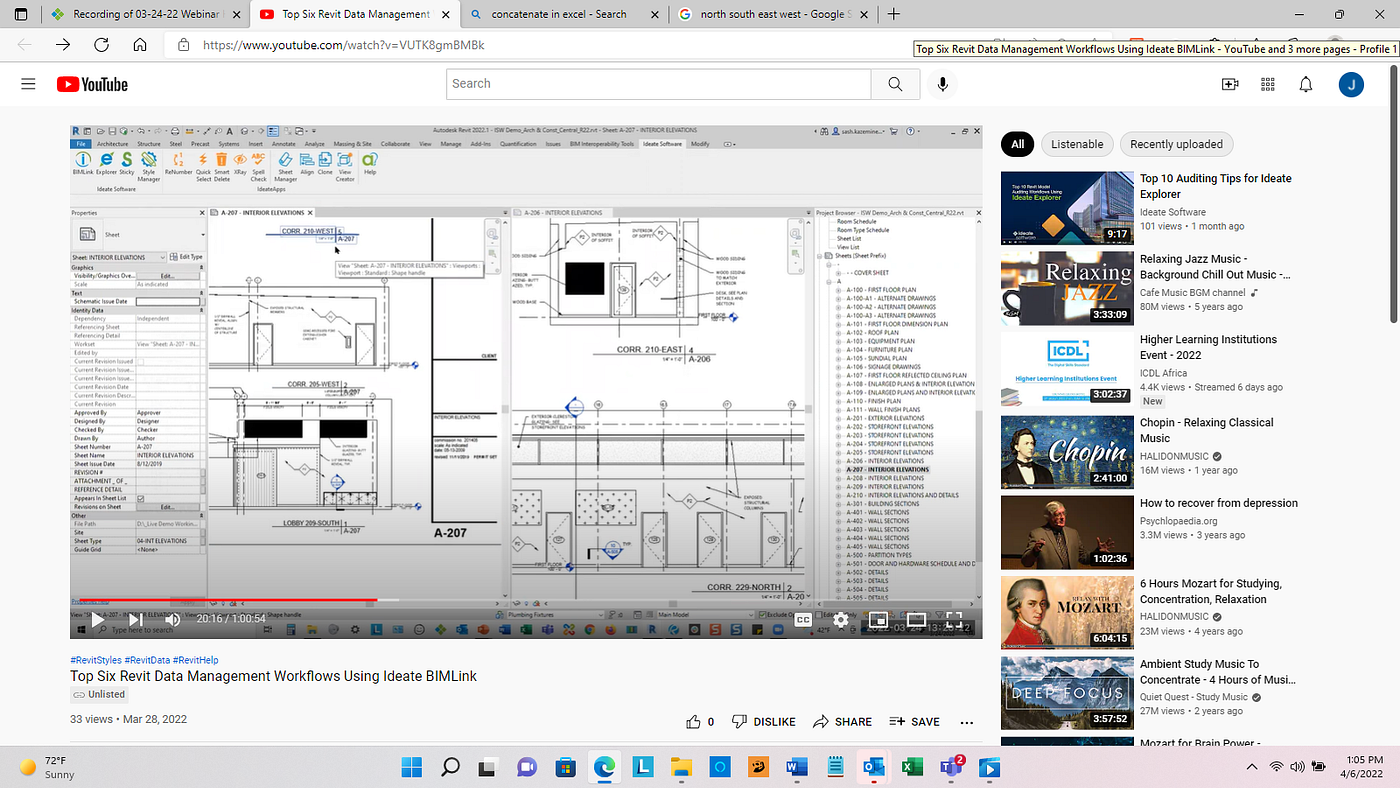Revit Plugins and Tools: Enhancing Your BIM Experience
Wiki Article
Understanding the Art of Information Assimilation: How to Seamlessly Import Excel Info Into Revit
Are you having a hard time to import Excel data into Revit efficiently? Look no additional! In this short article, we will certainly guide you with the procedure of mastering the art of data combination. Discover the importance of seamless assimilation in Revit and discover the Excel file layout for Revit assimilation. Prepare yourself to prepare your Excel data easily and follow our step-by-step overview to import data into Revit. With our best methods, you'll achieve information combination success in no time at all. Let's start!Comprehending the Importance of Data Assimilation in Revit
Comprehending the value of data combination in Revit is crucial for seamless importing of Excel data. When you integrate information from Excel into Revit, it permits you to successfully update and manage info throughout the whole job. This integration guarantees that your layout and construction procedure is accurate and current.By integrating information, you can quickly import and update parameters, schedules, and also geometry in Revit. This eliminates the need for hand-operated information entrance, conserving you time and minimizing the danger of errors. With Revit's data integration capacities, you can maintain consistency and precision in your project, while also enhancing partnership amongst staff member.

Checking Out the Excel Data Format for Revit Assimilation

In order to successfully incorporate Excel documents right into Revit, it is essential to make sure that the data is formatted appropriately. This includes appropriately identifying rows and columns, as well as structuring the information in such a way that works with Revit's data schema. Revit makes use of certain parameters and categories to arrange data, so it is essential to line up the Excel information with these parameters to make sure a seamless integration.
Furthermore, it is essential to keep in mind that Revit only supports specific information types when importing from Excel. These include message, numbers, and dates. Any kind of other data kinds, such as solutions or conditional formatting, will not be recognized by Revit and may cause issues throughout the integration process.
Preparing Your Excel Information for Seamless Import Into Revit
To make certain a smooth assimilation procedure, you'll require to correctly layout and tag the columns and rows in your Excel data prior to importing it into Revit. Due to the fact that it allows Revit to properly analyze and organize your data, this action is critical. Begin by examining your Excel data and identifying which rows and columns contain relevant details for your Revit project. Make certain to label each column with a clear and descriptive header. This will certainly aid you and others easily recognize the objective of each column and avoid complication throughout the import process.Following, ensure that the data in each column is effectively formatted. If you have a column for measurements, make sure that all dimensions are constantly formatted in the same systems of measurement. Revit counts on regular formatting to properly analyze and import data.
In addition, it is very important to look for any kind of empty cells or inconsistencies in your information. Revit might not have the ability to check out or import information from cells that are empty or have mistakes. It is advised to examine your Excel information and clean up any variances before importing it right into Revit.
Step-By-Step Overview to Importing Excel Files Into Revit
Once you have actually properly formatted and labeled your Excel information, you can quickly import it into Revit by following this detailed guide. To start, open Revit and navigate to the "Insert" tab. import excel into revit.Next, a dialog box will certainly appear, allowing you to tailor the import setups. Right here, you can select the worksheet you wish to import, specify the variety of cells to import, and pick the ideal units for your data. As soon as you've made your options, click "OK" to proceed.
Revit will now show a sneak peek of your Excel data. Take a minute to evaluate the preview Discover More and guarantee that whatever looks correct. If required, you can make adjustments to the import settings by clicking the "Setups" switch.
Best Practices for Data Combination Success in Revit
Ensure you comply with these finest techniques to guarantee successful assimilation of information in Revit. Firstly, it is crucial to organize your information in Excel before importing it into Revit. This indicates making certain consistent calling conventions, proper format, and exact data representation. Next, make use of Revit's built-in tools for data mapping. This will certainly permit you to match the columns in your Excel documents with the matching criteria in Revit. Bear in mind the data and units kinds when mapping the information, as webpage any kind of discrepancies can result in mistakes in the assimilation process.One more important method is to frequently validate and upgrade your data. In addition, make use of information validation devices within Revit to determine any mistakes or disparities in the incorporated data.
Lastly, it is suggested to establish a clear process for information combination. This consists of defining duties and obligations, establishing a communication channel between team participants, and establishing a routine cadence for data updates and testimonials. By complying with these finest methods, you can make certain a effective and smooth combination of data in Revit, ultimately boosting the efficiency and accuracy of your job.
Final Thought
In final thought, grasping the art of data combination is vital for smooth import of Excel submits right into Revit. Comprehending the value of information combination in Revit is the very first step towards successful combination.When importing data from Excel into Revit, it is important to understand the file layout and just how it can influence the assimilation procedure (revit add ins). Revit uses details criteria and classifications to organize data, so it is visit site important to align the Excel information with these criteria to make sure a seamless integration
Be conscious of the devices and data kinds when mapping the data, as any disparities can lead to mistakes in the combination process.
In addition, make use of data recognition tools within Revit to identify any kind of errors or inconsistencies in the incorporated data.

Report this wiki page